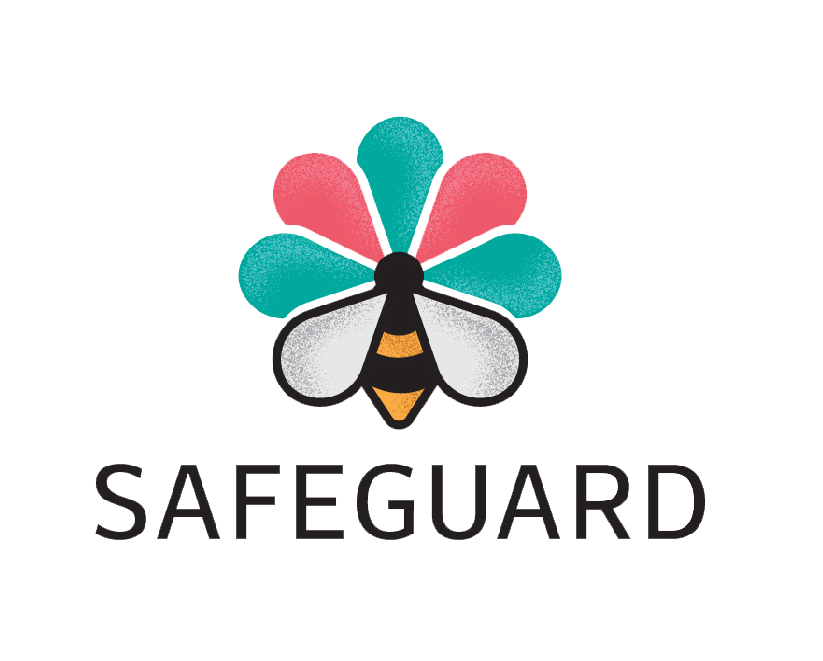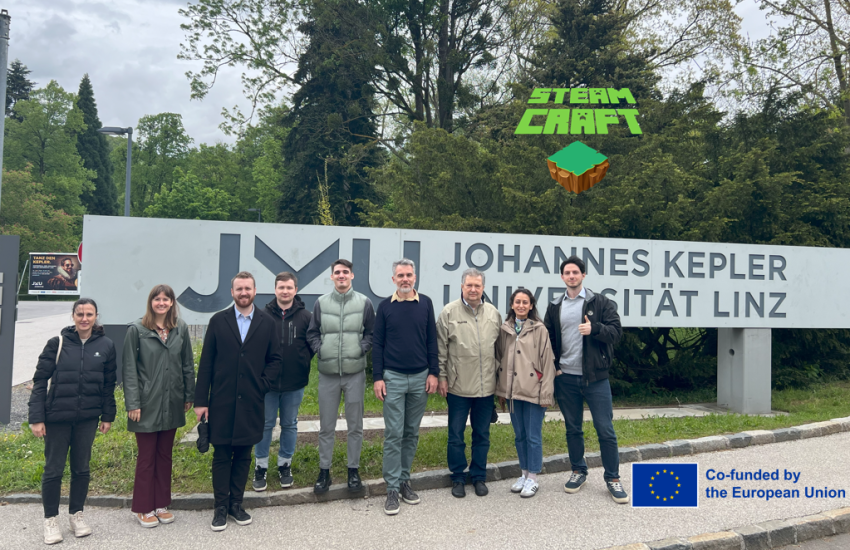SAFEGUARD publication: First steps of pollinator-promoting interventions in Eastern European urban areas – positive outcomes, challenges, and recommendations
Research article published in Urban Ecosystems.
Authors: Gabriella Süle, Anikó Kovács-Hostyánszki, Miklós Sárospataki, Tünde Ilona Kelemen, Gabriella Halassy, Anna Horváth, Imre Demeter, András Báldi & Viktor Szigeti
Short summary:
Urbanisation plays a major role in the loss of biodiversity. While pollinators can be helped by providing feeding and nesting sites in cities through proper maintenance of green spaces. Finding solutions that are acceptable to both nature conservation and citizens is not so easy in a densely populated, highly built-up and ever-changing urban environment. Yet a growing number of studies show that being close to nature has a positive impact on people’s mental health. There are many ways to help pollinators in public spaces, including less frequent mowing of existing green spaces (parks and road verges), sowing flower strips, and installing bee hotels. However, in Eastern Europe, pollinator-promoting interventions have so far been rare and their ecological and social impacts unexplored. Researchers from the Centre for Ecological Research (Lendület Ecosystem Services Research Group) and the Hungarian University of Agricultural and Life Sciences have been monitoring urban bee pastures since 2021. The aim of the present study was to investigate the effects of rare mowing and annual flower sowing on flowers and pollinators in three case studies in Hungary (Budapest and Veszprém). Rarely mowed or sown road verges and parks (bee pastures) and frequently mowed (control areas) were compared using a simple, observation-based sampling method adapted to pollinators in urban environments. Both pollinator-promoting interventions showed positive but relatively minor effects due to the severe drought of 2022 and some management inaccuracies. Taller and greener vegetation, more flowers and pollinators were observed in the rarely mown sites compared to the frequently mown green areas. The sown flower patches provided floral resources and facilitated pollinators only in the second half of the season, while in spring and early summer, pollinators hardly visited the areas because they were still encountered in spring with empty seedbeds or seedlings due to the annual soil scarification and re-sowing. Although the two interventions have had a positive effect and may complement each other within a year, there is plenty of room for improving interventions to help pollinators. To reach resilient urban ecosystems against climate and environmental changes, we recommend using primarily native and mostly perennial seeds, combining intervention types, planning for the long-term, and avoiding management inaccuracies (e.g. unplanned mowing). To improve the quality of floral resources for years with minimal soil disturbance, the best option would be to combine the two types of interventions such as overseeding the green areas with native seed mixture and maintaining them with a mosaic mowing system. Sowing wildflowers and supporting pollinators as well as studying and monitoring these interventions can increase urban biodiversity and human well-being. While informing and involving the citizens more deeply in these programmes can help to ensure the longer-term sustainability of these interventions. Using the data collected in this study, policymakers will work with researchers to plan sustainable and biodiversity-friendly management of urban green spaces for the coming years.
Read the full article online: https://doi.org/10.1007/s11252-023-01420-1
Download: https://link.springer.com/content/pdf/10.1007/s11252-023-01420-1.pdf



